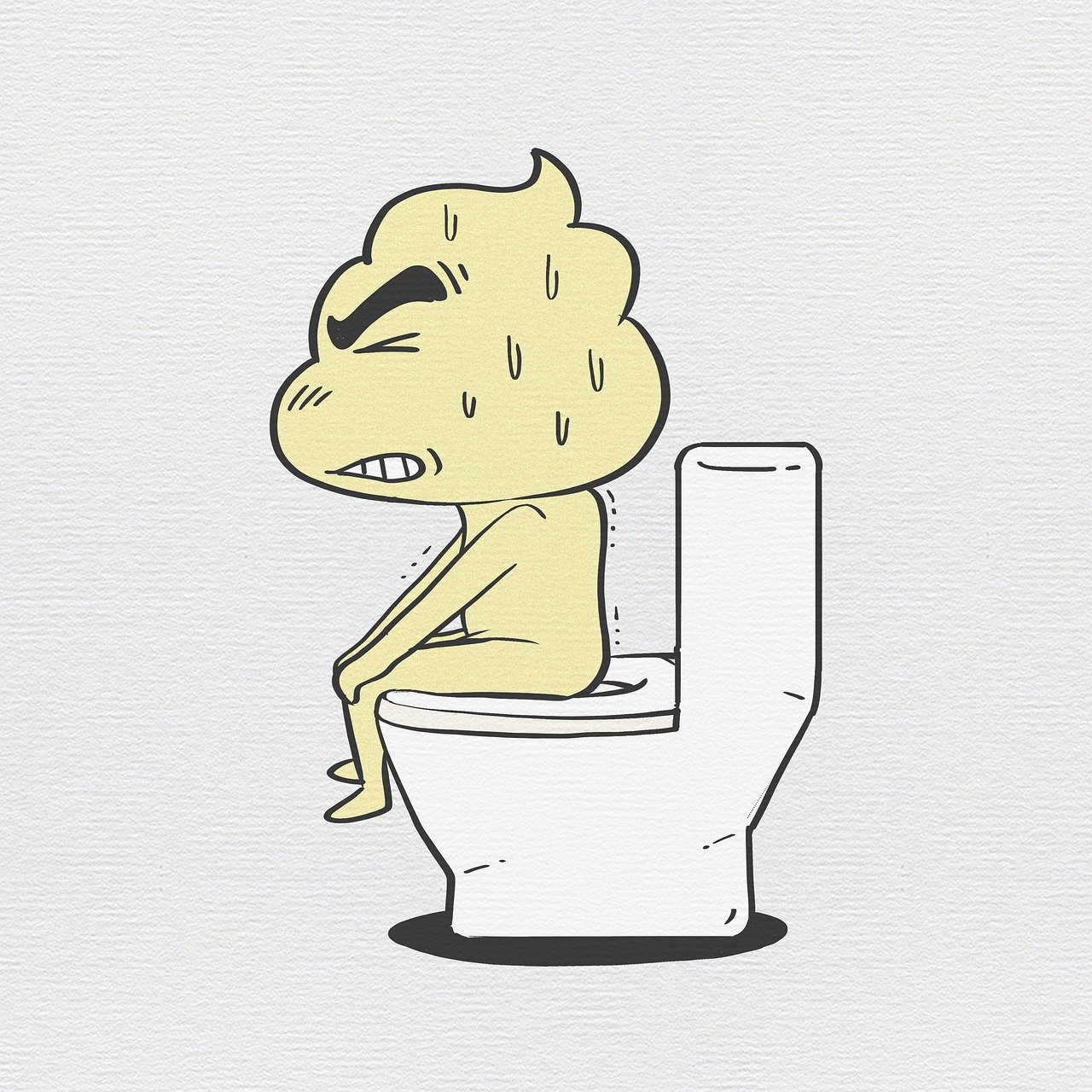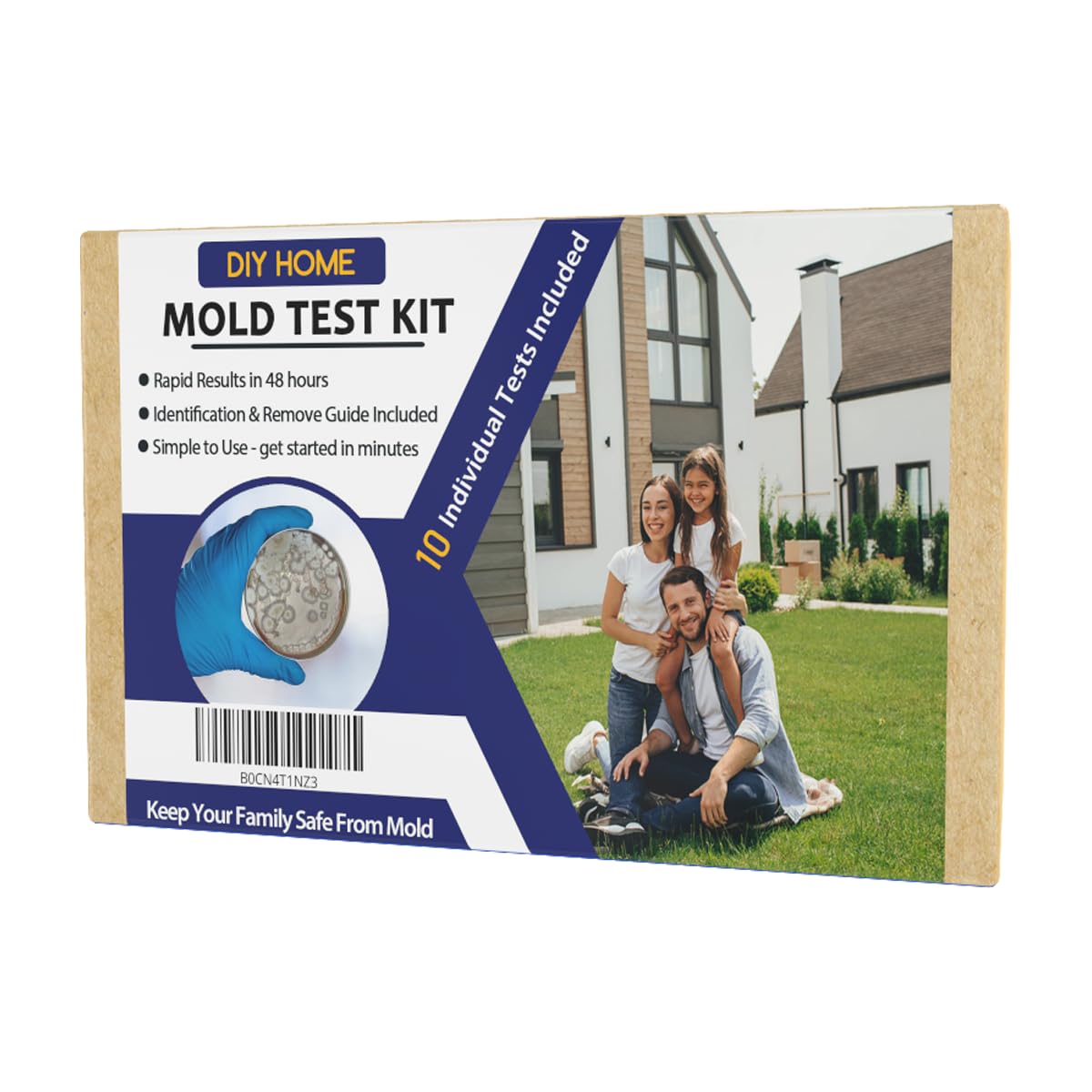Can Mold Exposure Cause Diarrhea? Understanding the Connection and Risks
Mold can be a sneaky problem in many homes, and its effects on health are often underestimated. While mold exposure is known to cause various symptoms, including respiratory issues and skin irritation, it can also contribute to gastrointestinal problems like diarrhea. Understanding how mold affects your body is essential for knowing what to watch for and how to respond if you suspect mold exposure.

In this article, you’ll learn about the link between mold and digestive problems. You’ll discover the symptoms to look out for and how mold can irritate your system. Plus, we’ll share tips on identifying mold in your home and steps to take for your health.
Key Takeaways
- Mold exposure can irritate the digestive tract leading to gastrointestinal issues like diarrhea.
- Recognizing symptoms early helps in avoiding serious health concerns.
- Effective management of mold in your environment is crucial for your well-being.
- Certain individuals may also be sensitive to mold and could experience more severe reactions, such as fever, shortness of breath, and digestive problems.
- The term mold toxicity refers to the adverse health impacts associated with mold exposure.
- Black mold can cause health problems due to its release of the toxic compound mycotoxins.
Understanding Mold and Health
Mold is a type of fungi that can have various effects on your health. By knowing more about what mold is and the issues it can cause, you can better protect yourself and your environment.
What Is Mold?
Mold is a natural fungus that thrives in damp, warm places. It reproduces by releasing tiny spores into the air. These spores can easily spread around your home. There are many types of mold, including Aspergillus, Penicillium, and Stachybotrys.
Mold plays a crucial role in breaking down organic matter in nature. However, indoors, it can lead to problems. Mold needs moisture to grow, so leaks, humidity, or water damage can encourage its growth. Keeping your space dry and well-ventilated can help prevent mold from taking hold.
Health Issues Associated with Mold Exposure
Mold exposure can lead to several health issues. These can vary from mild to severe, depending on your sensitivity and the amount of exposure. Common symptoms include nasal and sinus congestion, sneezing, and skin irritation.
Apart from the physical symptoms it can bring, like diarrhea, mold exposure can also affect mental health and overall well-being.
Some people may experience more serious effects, such as coughing, wheezing, or even asthma attacks. If you have allergies or existing respiratory conditions, mold can worsen those problems.
Certain molds produce harmful substances called mycotoxins. These can irritate your digestive system, leading to symptoms like diarrhea. It’s important to identify and address mold problems in your space to reduce health risks.
Typical Symptoms of Mold Exposure

When you’re exposed to mold, a range of symptoms can appear right away or develop over time. These symptoms often vary depending on your health and how much mold you have encountered.
Immediate and Long-Term Health Effects
After you inhale mold spores, you might notice immediate reactions like coughing, sneezing, or nasal congestion. Your immune system can react to these spores, causing some irritation. Some people may experience headaches or fatigue right away.
For long-term exposure, symptoms can get more serious. Chronic exposure to mold may lead to conditions like hypersensitivity pneumonitis. This means your lungs become inflamed, making it tough to breathe. Weight loss or unexpected changes in appetite can also occur.
Respiratory Responses to Mold
Mold can trigger various respiratory issues for many people. You may find yourself more prone to colds or sinus infections. This is especially true if you already have asthma.
Asthma symptoms can worsen due to mold exposure. You might cough more frequently and experience wheezing. Nasal irritation and throat discomfort are also common. For some, even a small amount of mold in the air can provoke serious reactions, making it important to be aware of your surroundings.
Allergic Reactions and Mold Allergies
If you have mold allergies, you may face symptoms similar to seasonal allergies. Skin reactions, like rashes or itching, can also happen when you come into contact with mold.
Inhaled mold can lead to an allergic reaction, making you feel worse when you’re around moldy environments. This can include watery eyes or runny noses. If you notice these symptoms getting worse in damp conditions, it’s a clear sign of mold allergies at play.
Specific Health Concerns from Mold Exposure
Mold exposure can lead to a variety of health issues that affect different parts of your body. It’s important to be aware of these specific concerns, especially when it comes to how mold can impact your digestive system, lungs, and skin.
The Connection Between Mold and Digestive Problems
You might not think about mold affecting your gastrointestinal tract, but it can. When you inhale or ingest mold spores, they can irritate your intestinal lining. This irritation may cause symptoms like nausea, vomiting, and diarrhea.
In some cases, it can lead to more severe gastrointestinal problems. You could experience abdominal pain, bloating, or excessive gas. For those with a compromised immune system, the risk of developing a fungal infection in the gut increases. This could result in chronic digestive issues such as irritable bowel syndrome, making it crucial to pay attention to your body after mold exposure.
Respiratory Conditions and Lung Infections
Mold isn’t just a problem for your stomach; it can really affect your lungs too. If you have allergies or asthma, inhaling mold spores can worsen your respiratory symptoms. Common signs include coughing, sneezing, stuffy nose and congestion.
In more severe cases, mold can lead to lung infections, especially in individuals with weakened immune systems. This can turn into serious conditions like mycosis or even fungal pneumonia. Keeping your living space free of mold is vital for maintaining respiratory health, especially if you have pre-existing conditions.
Skin and Immune System Complications
Your skin can also show signs of mold exposure. You might notice irritation, rashes, or other skin problems after coming into contact with mold. This is especially true if you have conditions like inflammatory bowel disease or an autoimmune disease, which can make you more sensitive to allergens.
Moreover, mold can weaken your immune system, which leaves you prone to more infections and illnesses. If you notice any changes in your skin or overall health after mold exposure, it’s important to seek medical advice to address these issues promptly.
Certain types of mold can result in gastrointestinal problems like diarrhea, although not all molds have that effect.
Identifying and Assessing Mold in the Environment
Knowing how to find mold is important for your health. Identifying where mold can grow and how to assess it can help you take the right steps. This section covers common places for mold growth and the best ways to evaluate any contamination.
Typical Locations and Causes of Mold Growth
Mold loves damp environments. You can often find it in places such as:
- Basements: These areas are usually dark and moist.
- Bathrooms: Showers and sinks create humidity.
- Kitchens: Food spills and leaking pipes can cause issues.
- Water-damaged areas: Any spot that has experienced leaks or flooding is a risk.
Mold thrives on organic materials like wood, drywall, and fabric. If you notice a musty smell, especially after water damage, it could be an indication of mold presence. You should check high-risk areas regularly to avoid problems.
Assessing Mold Contamination
Start your assessment by looking for visible signs of mold. This includes dark spots or patches on walls, ceilings, or floors.
To evaluate mold type and amount, consider these steps:
- Check for moisture: Use a moisture meter to find damp spots.
- Inspect ventilation: Poor air circulation encourages mold growth.
- Look for water damage: Distorted ceilings or walls might hide hidden mold.
If you suspect toxic mold, like Stachybotrys (often called black mold), take it seriously. Toxic molds can cause health issues, including digestive problems like diarrhea. In such cases, professional mold remediation is recommended to ensure safe removal.
Managing and Treating Mold-Related Health Issues
Mold exposure can cause various health problems, including diarrhea and respiratory issues. Addressing these concerns involves medical interventions and practical strategies for prevention and symptom relief.
Medical Interventions for Mold Exposure
If you experience symptoms like diarrhea after mold exposure, it’s important to seek medical attention. A healthcare provider may recommend medications to ease your symptoms. Common options include antihistamines for allergies and antibiotics if there’s a bacterial infection.
For those with mold allergies or sensitivities, your doctor might suggest allergy tests. These tests help identify specific molds that affect you. If needed, they may prescribe corticosteroids to reduce inflammation or other specific medications to manage allergic rhinitis.
Additionally, blood tests or other laboratory tests may be ordered to check for signs of mold infection.
Furthermore, supporting your mitochondrial function can be crucial since mold exposure may impact energy levels and overall health. Discussing vitamin supplements with your doctor can also improve your recovery.
Preventing Exposure and Reducing Symptoms of Mold Toxicity
Preventing mold exposure starts at home. Make sure to fix water leaks and manage humidity levels. Keeping your home dry and well-ventilated with proper ventilation can reduce mold growth.
Regular cleaning can help, especially in areas prone to mold, like bathrooms and kitchens. Use mold-resistant products and consider dehumidifiers and ventilation fans to keep moisture levels low.
If you already have symptoms like diarrhea, you can focus on hydration by drinking plenty of fluids. Eating a balanced diet rich in fruits and vegetables can also support your immune system. If symptoms persist or worsen, don’t hesitate to reach out to your healthcare provider for further guidance.
Broader Health Impacts and Studies of Chronic Health Conditions
Toxic Mold exposure can lead to a variety of negative health effects, affecting not just the respiratory system but also your mental and digestive health. Understanding these broader impacts can help you recognize the signs of toxic mold syndrome and seek appropriate treatment.
Psychological and Cognitive Effects
Mold exposure is linked to several cognitive issues. You might notice memory loss, brain fog, or general difficulties in concentrating. These symptoms may stem from how mold affects your body’s systems.
People with asthma can experience heightened anxiety and stress due to health concerns. Conditions like chronic obstructive pulmonary disease (COPD) can worsen, leading to feelings of helplessness.
Mental health issues such as depression and anxiety may arise as well. When mold irritates the body, it can trigger mast cells to release chemicals that affect your mood. There’s also a reported connection between mold exposure and migraines, which can add to your discomfort and frustration.
Long-Term Health Research and Studies
Research highlights the long-term effects of mold exposure. Studies show that people often develop a wide range of chronic conditions after prolonged exposure, such as fibromyalgia or even multiple sclerosis in severe cases. This can be linked to an imbalance in your gut microbiome, which is crucial for overall health.
The risks extend to symptoms like muscle aches and joint pain. Ongoing exposure may also cause dehydration as your immune system works harder to fight off the irritants.
If you already have a compromised immune system, mold can make matters worse. Consult with a pulmonologist if you suspect mold exposure. It’s vital to understand that these health impacts can accumulate over time, stressing the importance of addressing exposure quickly.
Frequently Asked Questions
You may have some questions about how can mold exposure cause diarrhea and its effects on health. Here are answers to key concerns regarding symptoms, types of mold, and what to watch for at home.
How can you tell if mold in your home is making you sick?
If you notice symptoms like sneezing, coughing, or irritation in your eyes, mold could be the cause. You might also feel fatigued or experience headaches. Keep an eye on how you feel in different rooms, especially if you see or smell mold.
What are some signs of mold causing gastrointestinal issues?
Symptoms like nausea, vomiting, and diarrhea may indicate mold is affecting your gastrointestinal health. You might also experience bloating or stomach cramps. These issues can arise when mold spores disrupt your digestive system.
How quickly can symptoms appear after being exposed to mold?
Symptoms can show up quickly, sometimes within a few hours of exposure. However, it can also take days or weeks for some people to feel effects. Individual reactions to mold can vary based on sensitivity and overall health.
What symptoms might dogs exhibit if they’ve ingested mold?
If your dog has ingested mold, you may see symptoms like vomiting, diarrhea, or lethargy. They might also show signs of discomfort or act restless. It’s best to consult a vet if you think your pet has been affected.
Are there particular types of mold that are known to cause diarrhea?
Certain molds, especially black mold, are linked to gastrointestinal issues. Stachybotrys chartarum is one mold often mentioned. Keep in mind that any mold exposure can affect individuals differently.
What are common warning signs of mold toxicity?
Watch for symptoms like persistent cough, sinus congestion, or fatigue. Other signs can include skin rashes, headaches, and digestive problems. If you notice these symptoms often, it might be worth checking for mold in your environment.


